One of the primary reasons that people buy products from a business is because they trust their name. If you’ve established credibility, then people easily see the value of your offerings.
Hence, as an entrepreneur, building a successful brand name should be a priority.
Established businesses approach and consult me to help with their media marketing because I’ve put substantial effort into building my own personal brand.
Social media has played a vital role in building this influence.
In fact, I would say that social media is an excellent starting point for most businesses to reach their target audience. It’s THE PLACE where consumers share their opinions about brands and interact with them.
Bop Design estimates that 80% of consumers are more likely to evaluate solutions from the brands they follow on a social network.
So, in this article, I want to show you how to build an authentic and strong brand image on social media to amplify your media strategy efforts.
Here’s the right way to get started.
1. Create a social media brand persona guide and remain consistent across every social channel you use
How do you feel when you discover a different description of a business on different social networks?
I, for one, would be confused and unwilling to engage with such a business.
We all love consistency. If your social media profiles are consistent across different channels, then your visitors will form positive associations. They’ll know what to expect, no matter the social network.
Indeed, 60% of US millennials expect consistent experiences, when dealing with brands online, in-store or by phone.
Start with having a professional profile picture that’s used across your social networks. Here’s my Twitter account.
Here’s my LinkedIn account.
And, here’s my Facebook account.
I carry the same professional look across every social channel I’m on. And, they match the picture that I use on my blogs.
Your profile picture is just the start. You want to cultivate a consistent image with your brand’s voice, imagery, colors and overall outlook.
Funny, witty, casual, personal and conversational language all work well on social media and can be a terrific media strategy. But, you can also keep it formal and professional. Just try to embody your brand values and stay authentic and consistent in your communication across your social networks.
Here are four specific aspects, courtesy of Stephanie Schwab, that you can ponder, when for deciding on your social media brand voice.
Once you’ve got nailed this down, your conversations on social media will flow naturally. And, your audience will not just connect with you, but await your updates.
Buffer has shared a voice and tone guide that they broadly follow in their communications. Here’s how they describe their style:
“To the customer, our language and tone say: I am grateful for you. I have great respect for you. I am listening. I am open. I am here.”
Even if you’re an individual, your personal brand channels need to stay consistent. You should sound the same across every social channel. Mark Manson generally carries his blog’s funny, personal and raw tone to social media. Look how he shared the success of his new book on Facebook, for example:
At this point, I recommend that you document your own brand persona to pull it into your overarching social media strategy. Here are four simple steps that you can follow for creating a guide.
2. Automate like a ninja. But, humanize your brand to deepen your relationship with your target audience
Find interesting third-party content pieces. Share them on all social media platforms. And, let the engagements flow. Then, drop promotional product updates to generate sales.
That’s how most marketers perform social media marketing.
And I get it…Automating and batching repetitive tasks frees time for working on high-level business strategies.
But, if you want to get the most out of social media marketing, then you can’t simply push out content. You’ve got to show your human side, because social media users crave authenticity.
Think about how you should behave in real-life, when you meet a person for the first time. Would you like a person that immediately shoves a sales pitch in your face? How about a person that keeps on blabbering about how great they are?
My guess is that you will form a bad first impression of that person.
Similarly, social media is a two-way street. Sure, you can share your educating blog posts and updates. But, always ask for feedback and encourage discussions about your posts.
And, don’t forget to occasionally entertain your followers.
Take your audience behind the scenes and share a picture from your daily life.
If you’re a company, then share pictures from your events. Or, simply share photos of your employees – it’s always good to put a face to your brand name. Recently, Everlane shared pictures from their #ShoePark launch party on Facebook.
As I’ve told you before, Everlane loves to interact with their audience on social media. And, they keep it raw, authentic and real, with shows like ‘Transparency Tuesdays’ on Snapchat, where they answer questions about their company.
To make your audience feel like a part of your social community, you need to open up and show your real side.
Another major aspect that most brands should practice is replying to the comments on their updates and engaging with their social media followers. If you never communicate with your advocates, it would appear as if you don’t value their presence and time.
If you follow me on social media, you might have seen that I respond to almost all of the comments and audience questions on my updates. That’s because I care about each and every one of you.
3. Decide on the kind of content that you’ll share on different social media platforms
Every social network has certain native functionalities. You can post the same content across every social channel, but that comes across as lazy and won’t receive a good response.
Confused what I am talking about?
When you create content for Snapchat, it’s expected to have a raw, behind-the-scenes vibe. The users on the platform especially like seeing vertical videos of people on the move (shot through mobile phones). Similarly, Instagram audiences like to see beautiful photos with/without filters. And, on Twitter, users expect your message to end within 140 characters.
Sure, you can write a long note on Facebook, take its snapshot and post it on Twitter/Instagram/Snapchat as a photo update.
But, that just wouldn’t get the same level of engagement with your target audience. As a media strategy, it seems indifferent, even sluggish.
Here’s a cheat sheet, by Likeable Media, that shows the pros and cons of the major social media platforms.
A great example of a person that handles all social media exquisitely is Gary Vaynerchuk. All of his social platforms are filled with engaging, relevant and value-adding content that appears to be at one with the social channel.
If you look at his Instagram feed, you’ll find many inspiring quotes with his photo in the background. You’ll also see personal photos from his speaking engagements.
Daily, he releases new videos on YouTube that are a mix of his shows – #AskGaryVee, #DailyVee and inspirational short videos.
If you scroll through Gary’s Twitter feed, his updates are a mix of his real-time commentary on events that matter to him, videos and images. So, it’s just the kind of content that Twitter users expect.
What’s even more interesting is how brilliantly Gary repurposes his content. For example, he uploads videos natively on Facebook, because they have been found to get better engagement than video links from third-party websites.
Here’s the short video from his YouTube channel – it’s also the origin for the Instagram photo update that I shared above.
Overall, Gary’s presence shows that he knows the primary social networks to the T and has honed his understanding of his target audience. Even though he might be automating a few updates through tools, all of his social content has an authentic appeal. He leverages native capabilities of all social networks brilliantly.
The key is to (mostly) share exclusive content on all social media platforms where you hang out. If you don’t think a social media platform audience fits your brand and you don’t have the resources to handle content creation for that platform, then don’t use it. Not every social network will be right for your business. It’s more important to determine which social media sites your target audience is most active on.
Now, it’s your turn to analyze the resources and content creation opportunities at your disposal.
4. Create a content calendar and post frequently
.You create an account. You fill out the descriptions completely. Then, you drop a “Welcome to Facebook page; this is my first update” note and invite a few of your friends and social media followers from other accounts to like your page.
Then, you disappear for a month.
This happens with most businesses that are starting out with social media. But, if you want to derive good results from your media marketing strategy and build long-term relationships with your audience, then you’ve got to post regular updates. Otherwise, you’ll get lost in the social media noise.
In other words, social media marketing depends on consistently engaging content. To stay on course, create a content calendar and make frequent postings a priority of your media strategy
If you’ve got a documented strategy in place, you’ll have an overall view of the kind of messages that you’re sending out. Then, you can balance out value-adding posts with occasional promotional updates. You can also schedule updates in advance and save some time.
Here’s a social media calendar template by HubSpot and Buffer that you can use for planning your content.
How many times can you post to social media without overwhelming your followers while still appealing to your target audience?
If you post really useful content, then you might get away with a slightly higher frequency. But, it’s really dependent on your target audience and industry. You’ll need to test and find out your optimal posting frequency to build your content marketing strategy.
Here’s a simple schedule that you can follow at the beginning:
Facebook: A couple of updates per day
Twitter: Three times per day (if you’ve got the resources, then you can even send 5+ tweets everyday)
Instagram: Once per day
LinkedIn: Once per weekday
Remember that social media is all about real-time updates. Although it sounds counterintuitive, by planning ahead and practicing, you put yourself in a better position to react with wit in the moment.
The timely and massively popular ‘Dunk in the dark’ tweet by Oreo, during the Super Bowl, reshaped their brand image.
But, did you know that the tweet was almost 18 months in the making?
The company had set up a war room and a team to engage with followers live on social media.
Setting up a calendar will help in organizing your efforts and allocating appropriate resources to your social media platforms. From there, it’s really about infusing your media strategy with creativity.
5. Take care of the tactical aspects
Until now, we’ve mostly discussed the high-level strategic decisions concerning social media. Now, let’s discuss the specifics of how you’ll get to work to build your social media marketing plan.
1. Define your target audience
If you’re targeting entirely different kinds of people across social networks, than you’ll need to create multiple brand personas. And, your social media updates need to appeal to each section of your audience. Writing down the characteristics of your audience brings clarity when writing updates and when devising your overall social media strategy.
If you need help with defining your target audience, then refer to the first section in this article on creating a social media strategy.
2. Assign tools and your social media marketing team
Social media marketing isn’t always a one-man show, especially if you’re a large company whose media strategy involves a high number of social networks. I’ve already shared a content calendar template. But, also select the tools that you’ll use for posting social media updates and communicating with team members.
I would recommend that you keep it simple. You can use Buffer for scheduling updates on all of the major social media platforms. For writing updates, you can use excel spreadsheets. Have regular meetings with team members.
If you’re looking for a more professional solution, then you can try CoSchedule.
Also, lay down the complete process and team members that will:
- choose updates for posting,
- schedule the updates,
- respond to comments on your posts and engage on behalf of your brand.
3. How will you handle criticism?
You could have a solid social media strategy in place, excel at consistency and authenticity, and meaningfully engage with your target audience–and then get derailed with criticism.
There are 2.1 million negative social mentions about brands in the U.S. alone, every single day. What will you do, if/when an angry customer posts negatively about your brand?
Mishandling criticism can lead to backlash, ultimately destroying your brand image and your media marketing efforts. So, who will respond to negative comments on your brand’s properties? Determining this ahead of time will allow you to work with your team to choose the wisest path. Occasionally, it makes sense to keep quiet about criticism, as it might escalate the issue at hand. (In other words, don’t feed the beast.)
Conclusion
Social media marketing is an incredible way to build your brand. Social networks have millions of users from your target audience–people who are socializing every day and are eager to discover new brands. By building my personal brand, I was able to take new companies to six figures in four months.
For creating your brand, you’ll need to put in a ton of effort on social media and stay consistent. But, the benefits will be well worth it. So, go on and execute the social media strategies that I’ve shared in this article.
I would love to hear about your experiences with creating a brand by using social networks. Share them with me in the comments.


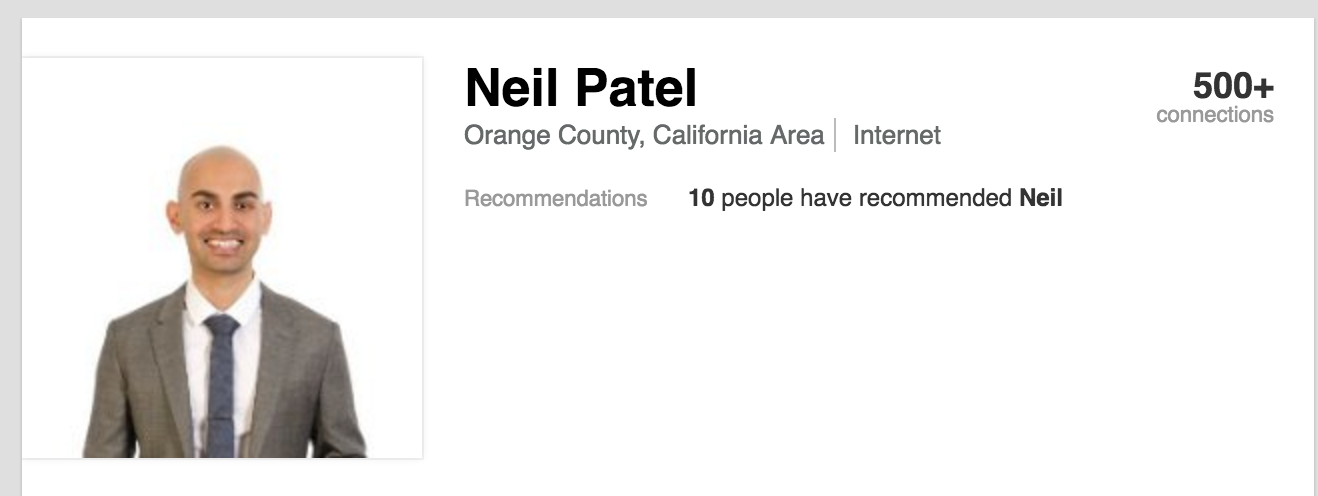

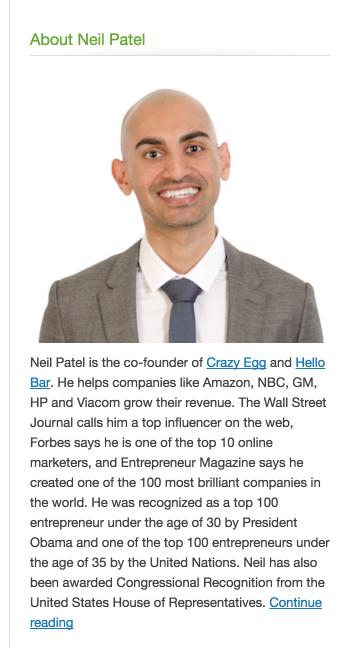


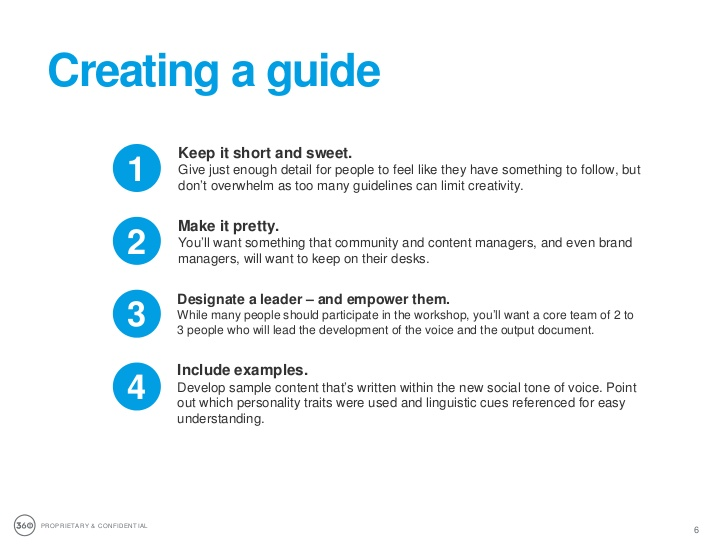
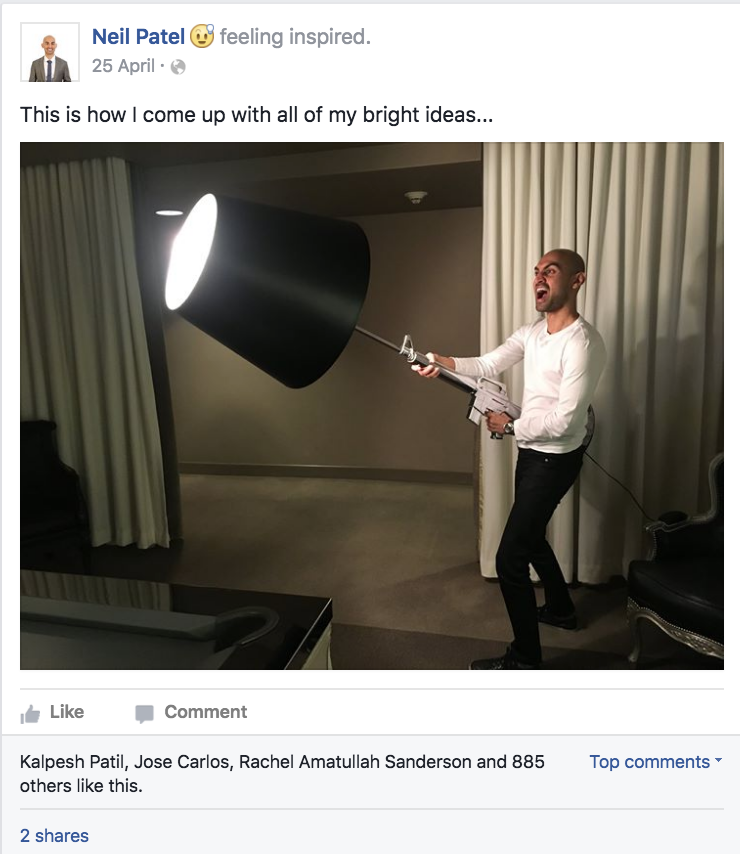

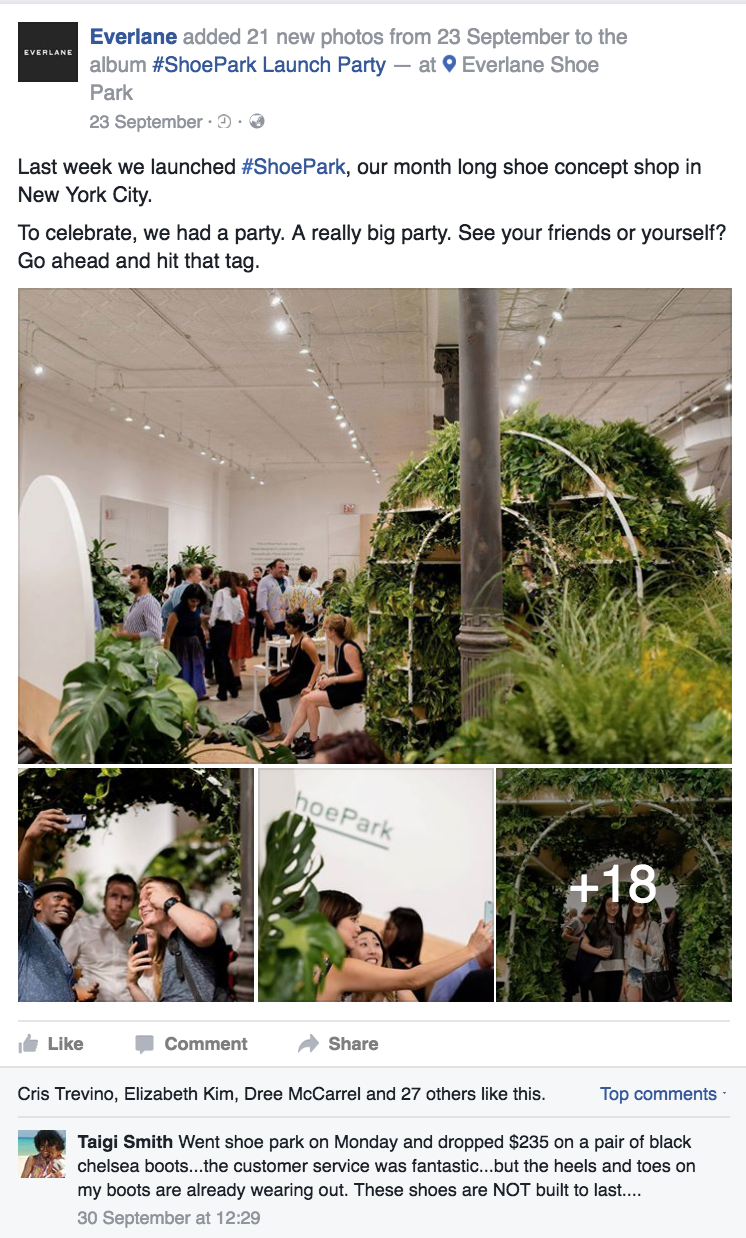
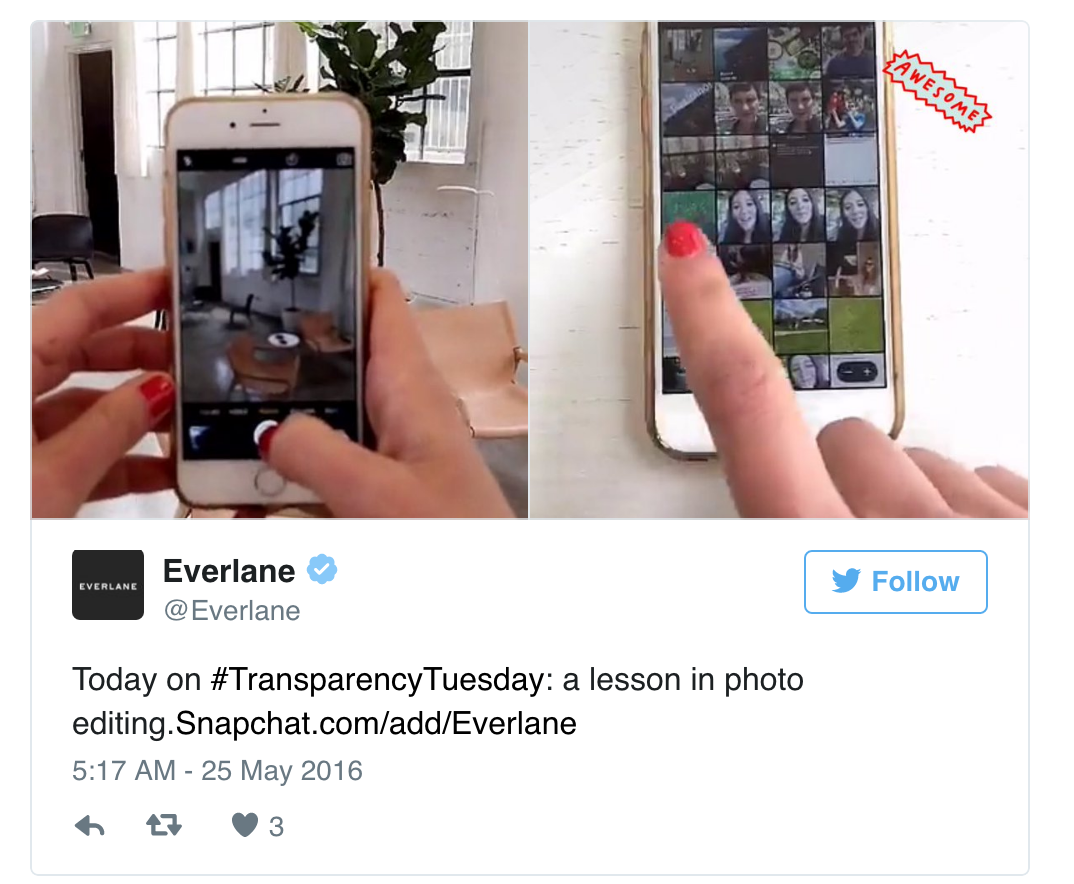
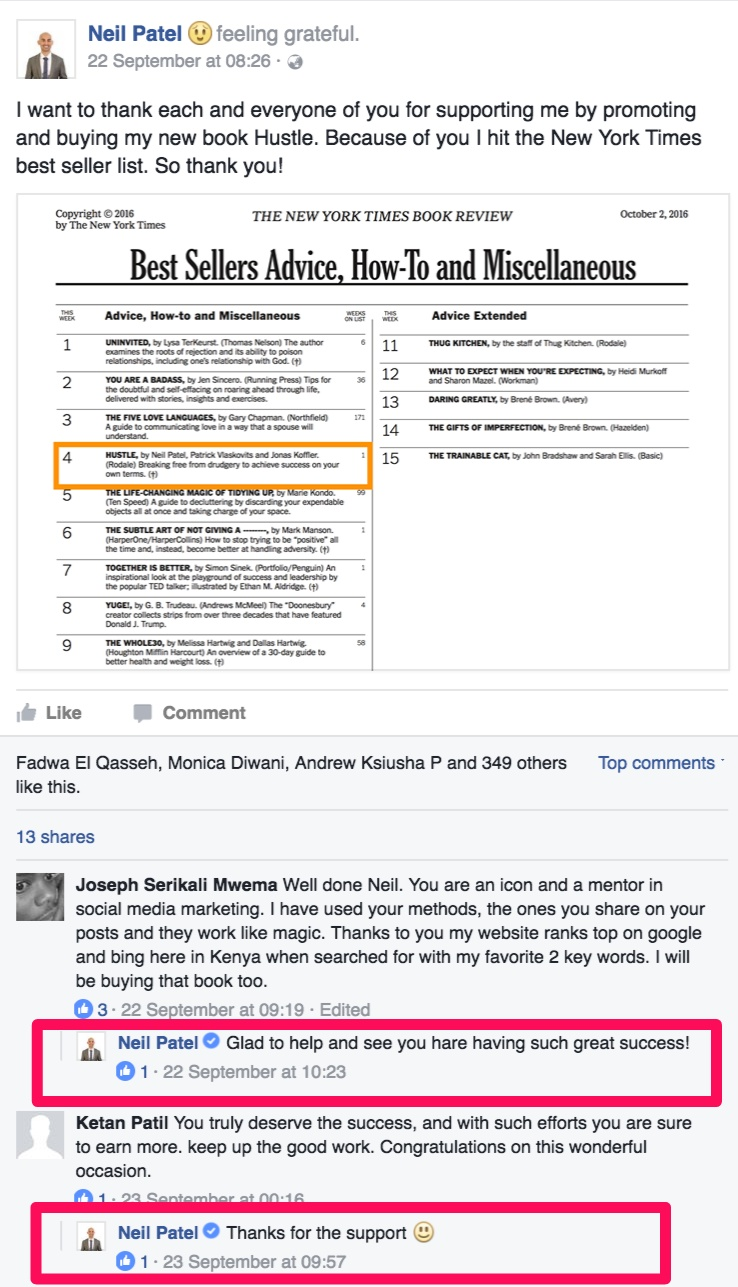

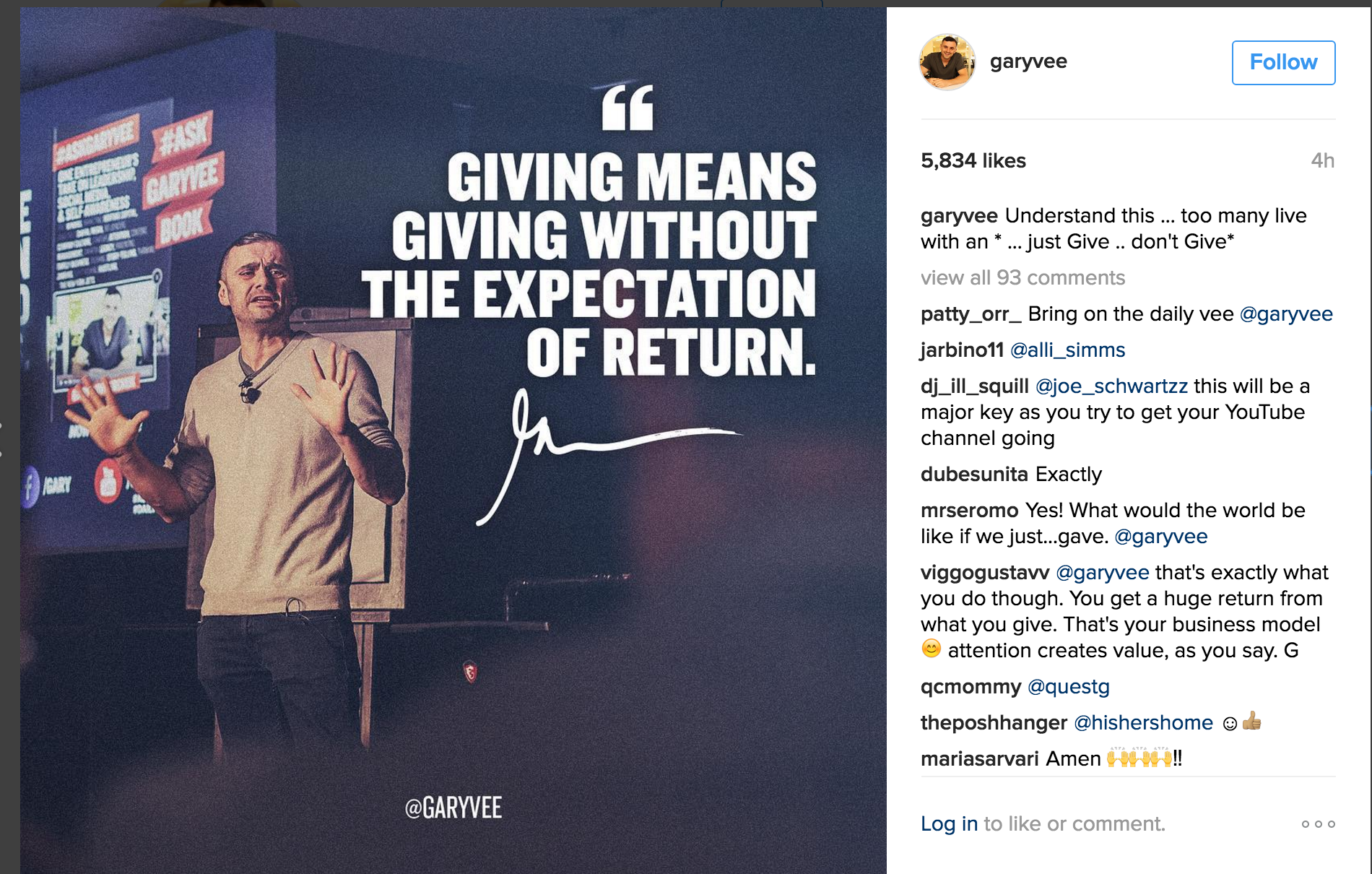

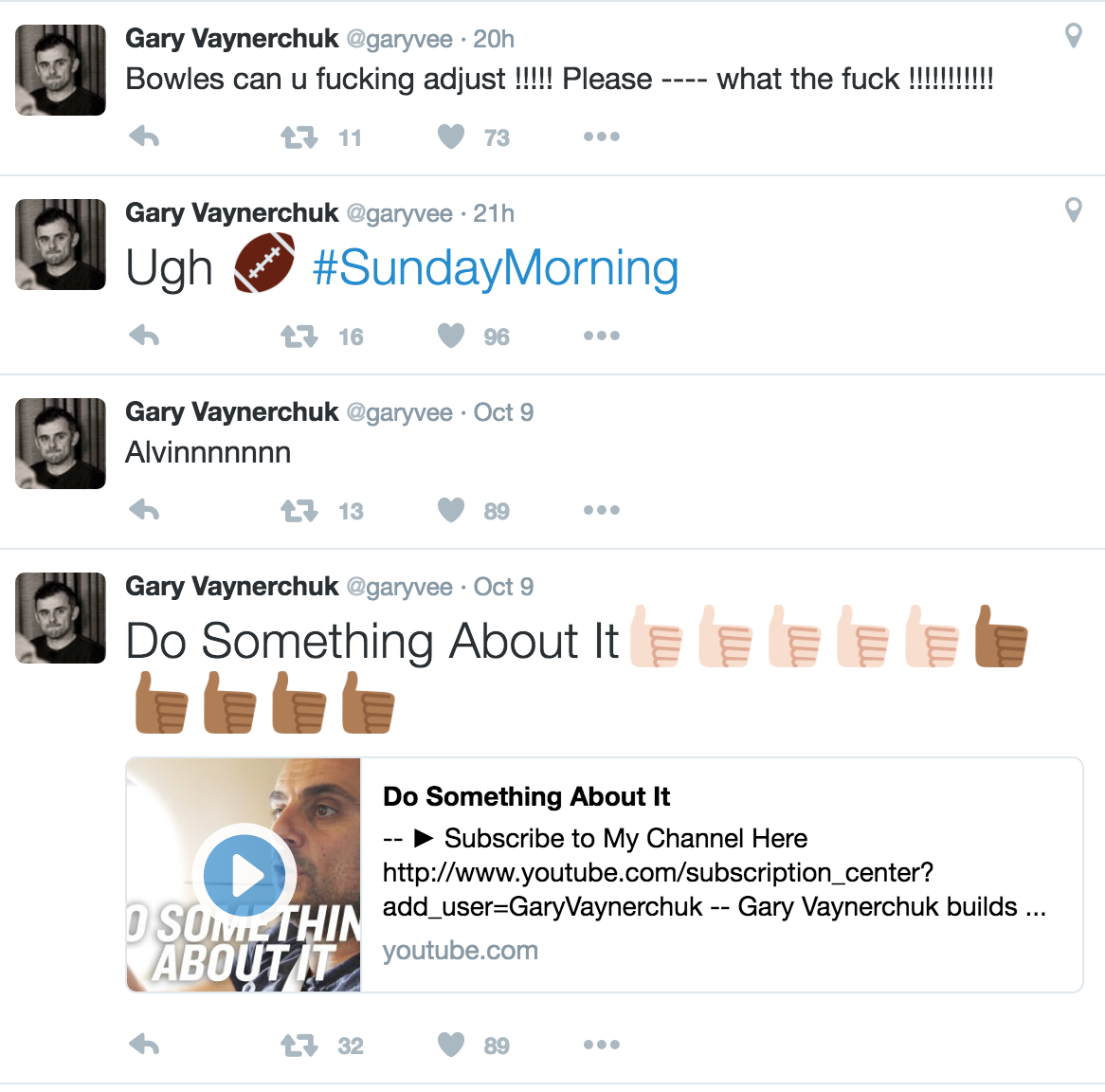


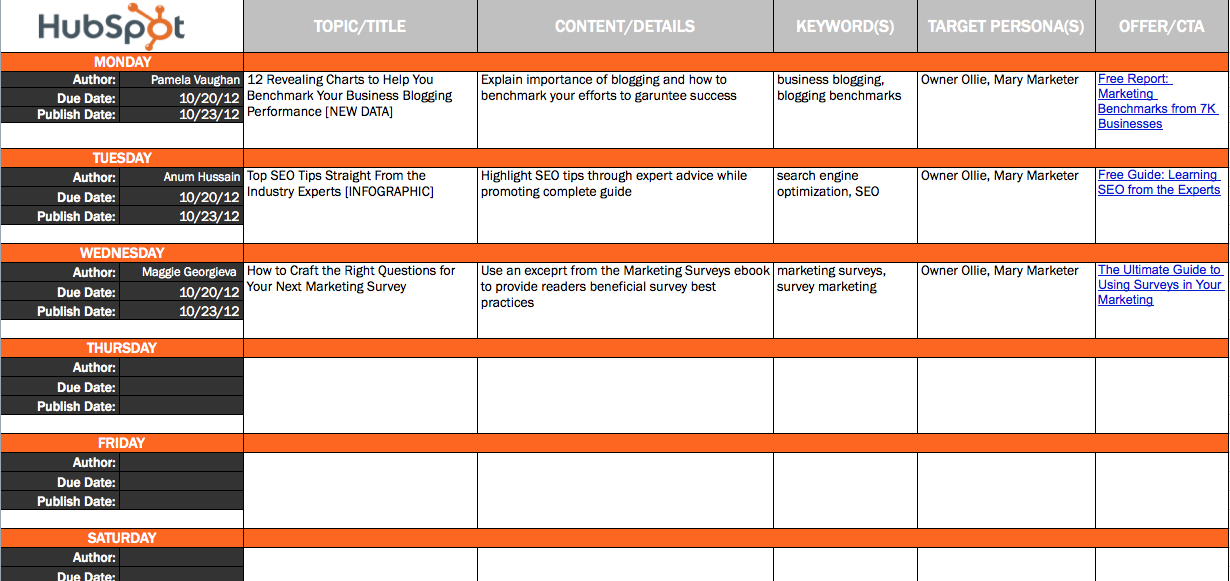
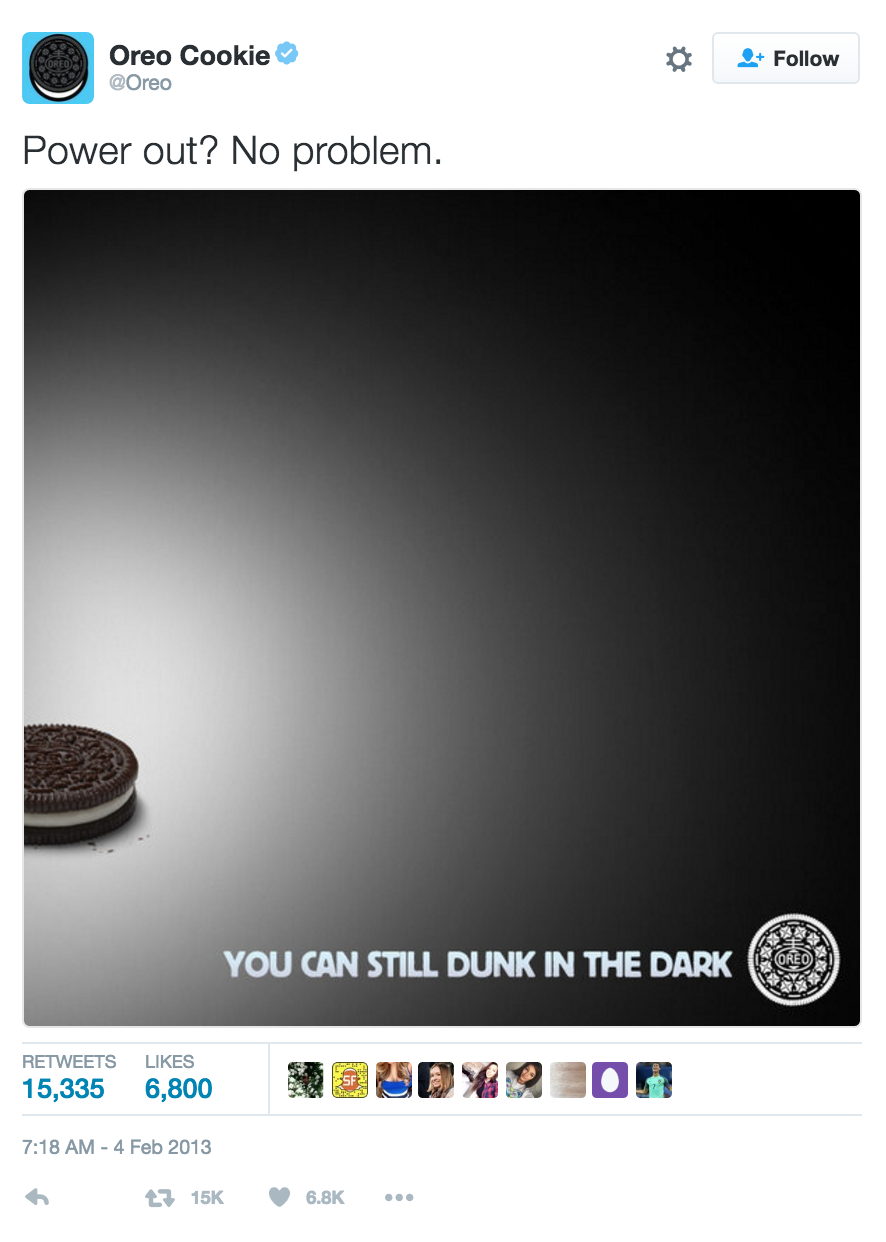

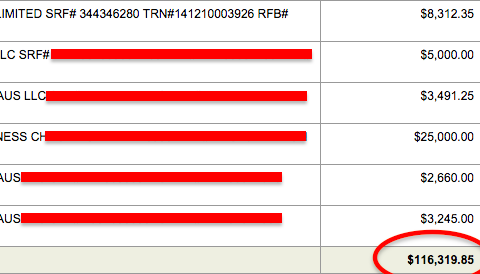
Comments (72)